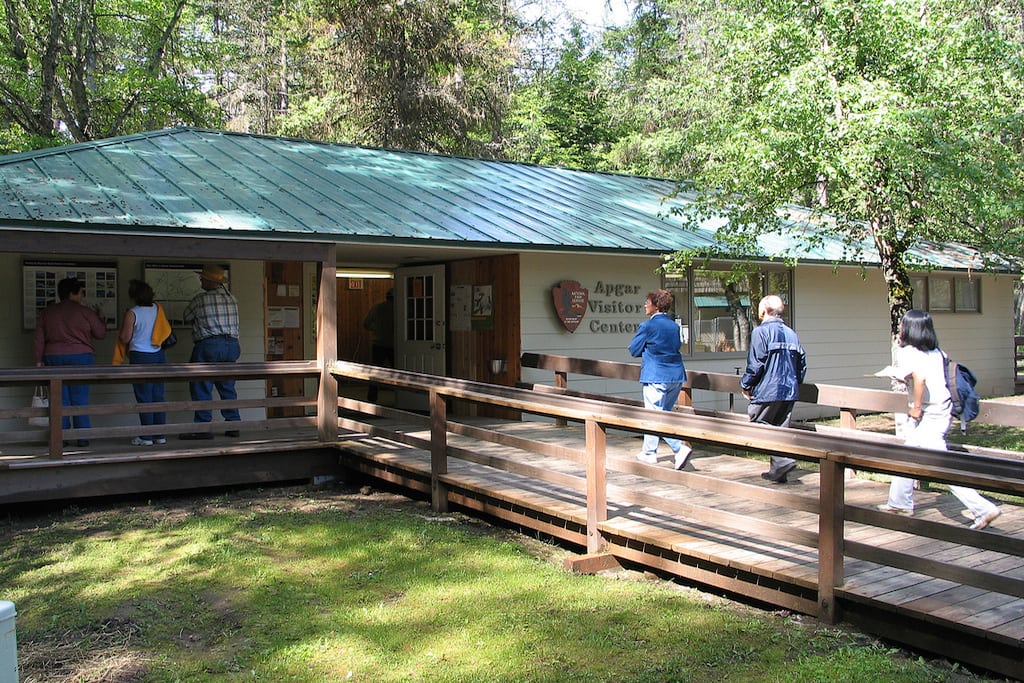Rethinking the Visitor Center in the Age of Connected Travelers

Skift Take
Visitor centers can rebrand themselves as places where travelers can get help both online and in-person. Offering Wi-Fi is a big incentive that gets them closer to the real monetizer: the gift shop.
Travelers desire for free Wi-Fi when they travel consistently ranks at the top of any survey, whether it be hotels, cruise ships, airlines, or city streets.
And travelers' desire to check-in with friends or share photos on social media while visiting attractions can be stymied when no Wi-Fi networks pop-up on their smartphones, requiring them to begrudgingly use their own data packages both at home and abroad.
Despite the U.S. Department of Interior's stellar record on social media, Wi-Fi is a rare commodity across the U.S. National Park system. America's 58 national parks host millions of visitors annually and present some of the country's most scenic views and Instagram-worthy photo opportunities, but the absence of Wi-Fi only crimps potential engagement travelers could have with their social audiences.
"Wi-Fi isn't widely av
